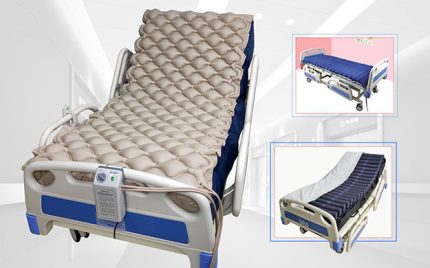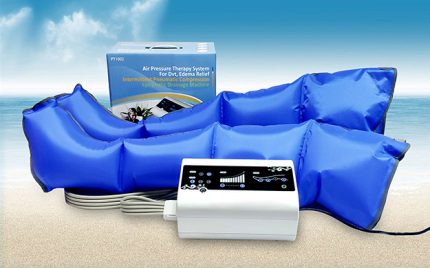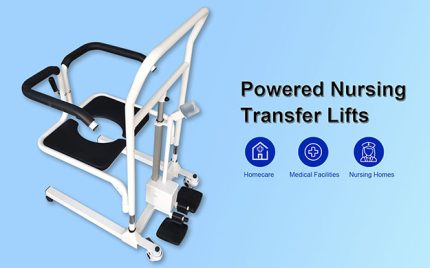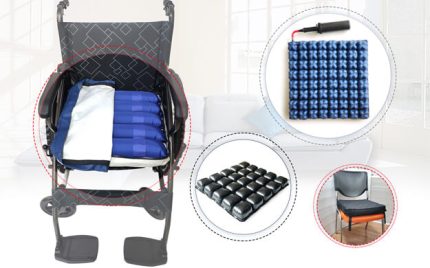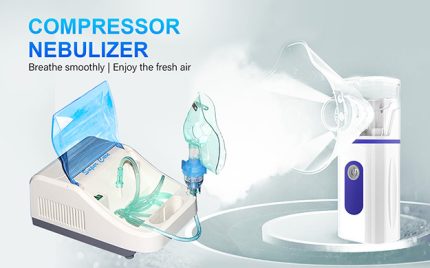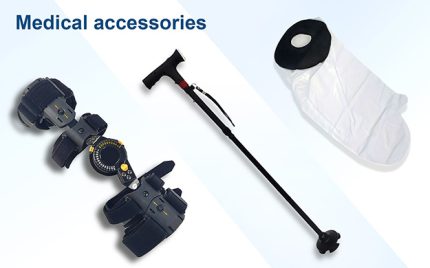Introduction: In the field of healthcare and nursing, transfer chairs and wheelchairs are common assistive devices. While they share some similarities, there are distinct differences in functionality and purpose. This article aims to explain the purpose of transfer chairs and the benefits they offer, helping you better understand this caregiving aid.
Transfer Chair – Purpose and Use:
A transfer chair is specifically designed for patient transfers and mobility. It is commonly used in hospitals, nursing homes, and home environments.
The primary purpose of a transfer chair is to assist caregivers in safely moving patients from one place to another, such as transferring from a bed to a wheelchair or chair, or from a bed to the bathroom or toilet. Transfer chairs often feature easy-to-operate electric lift mechanisms, maneuverable wheels, and stable seating to provide a comfortable and secure transfer experience.
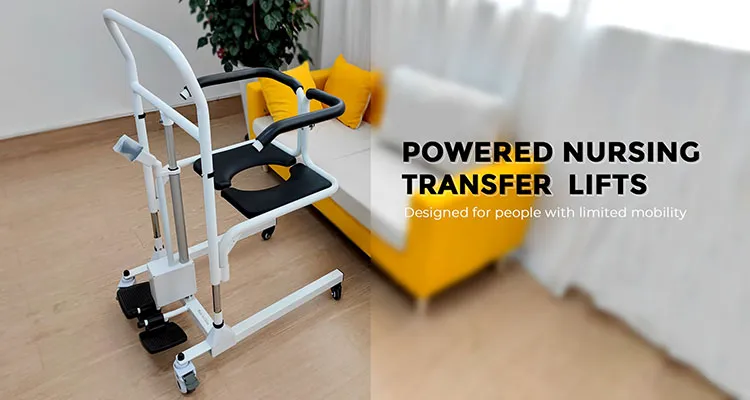
Benefits of transfer chairs:
- Enhanced Safety: One of the primary advantages of transfer chairs is the emphasis on safety during patient transfers. They are equipped with features such as sturdy frames, secure locking mechanisms, and stable seating surfaces. These elements ensure that patients are securely positioned and minimize the risk of accidents or falls during transfers.
- Ease of Use: Transfer chairs are designed with user-friendly features to simplify the transfer process for both patients and caregivers. They often include ergonomic handles, one-touch control systems, and smooth gliding wheels, making it easier to maneuver the chair in tight spaces and navigate through doorways and corridors.
- Reduced Physical Strain: For caregivers, manual patient transfers can be physically demanding and potentially cause strain or injuries. Transfer chairs alleviate the burden on caregivers by incorporating powered lifting mechanisms, allowing patients to be smoothly raised or lowered with minimal effort. This feature significantly reduces the strain on caregivers’ backs and helps prevent musculoskeletal injuries.
- Versatile Applications: Transfer chairs are adaptable to various care settings and can be used in a wide range of scenarios. They provide mobility assistance not only within healthcare facilities but also in home environments. Whether it’s transferring a patient from a bed to a wheelchair or assisting with toileting or bathing, transfer chairs offer versatility and flexibility.
- Comfort and Support: Patient comfort is a crucial aspect of caregiving. Transfer chairs are designed with ergonomic considerations, featuring padded seats, adjustable backrests, and cushioned armrests. These features ensure that patients experience optimal comfort and support during transfers, reducing any discomfort or pressure points.
- Time and Efficiency: The efficiency of patient transfers is significantly improved with transfer chairs. Their intuitive design, coupled with smooth and controlled movements, helps save time during the transfer process. Caregivers can efficiently carry out their tasks, resulting in improved productivity and enhanced patient care.
Conclusion:
Transfer chair are indispensable tools in the healthcare industry, offering a range of benefits for both patients and caregivers. With their emphasis on safety, ease of use, reduced physical strain, versatility, comfort, and efficiency, transfer chairs have become an essential asset in ensuring smooth and secure patient transfers. By incorporating transfer chairs into healthcare settings, caregivers can provide optimal care while promoting patient comfort and dignity throughout the transfer process.

